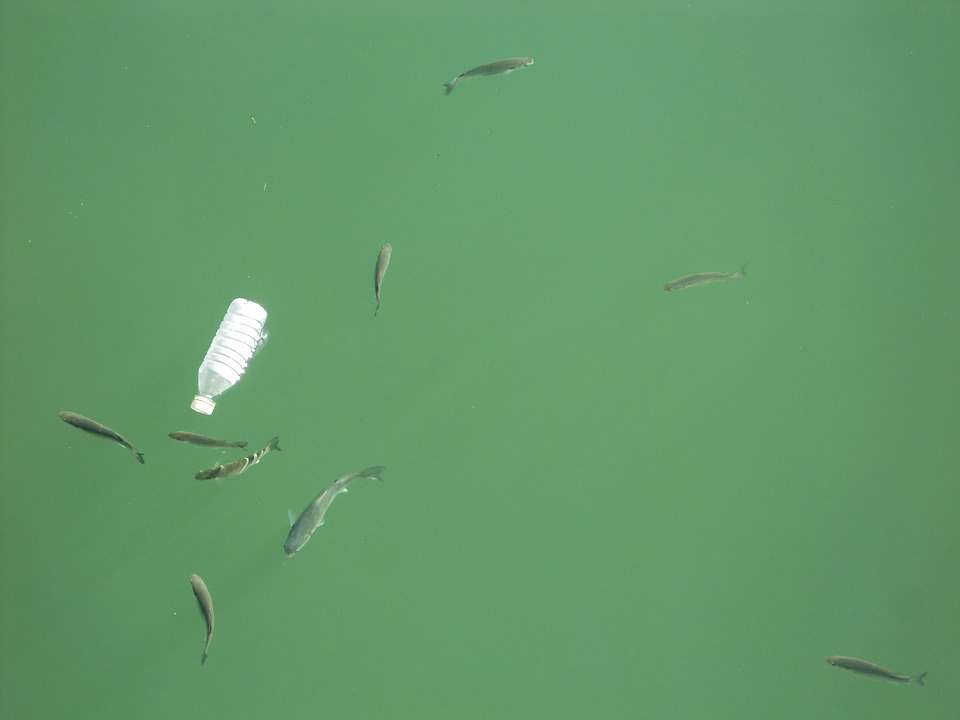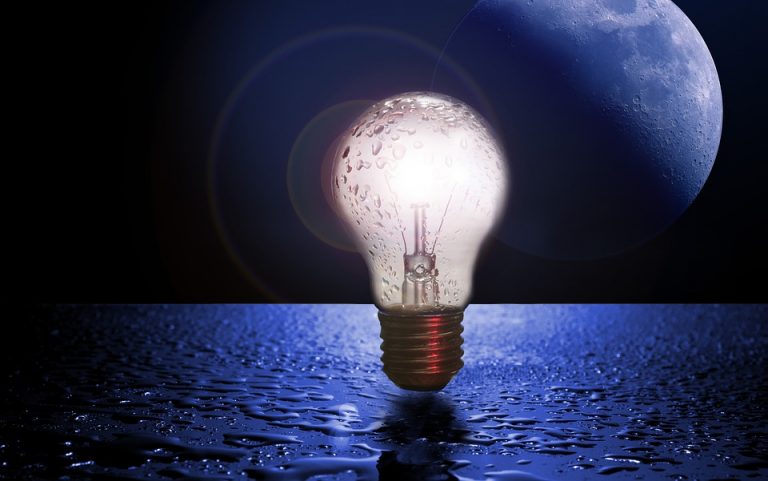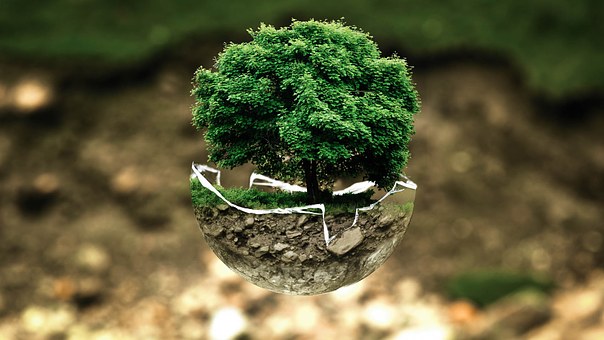
How often do you think about the world — the world collectively on behalf of everyone and everything in it? Anthropologists would suggest if not very often then evolution is alive and well. Inherently selfish attitudes have kept us here until now; however, the advantages that may have served our ancestors thousands of years ago have had a gravely neglectful effect on our natural resources.
Paradoxically, the ecosystem that has so far protected and sustained human life is being undermined and systemically destroyed by those who rely upon it — well destroyed by us, not animals or plants. This is rarely more visible and tragic than plastic in our rivers and oceans and this is finally being represented in the media.
Thus far, government systems have done little to protect the oceans from pollution. Only a little over five percent of the world’s oceans are designated as marine protected areas. The percent for rivers is even smaller, with only 0.33 percent in the US protected by the National Wild and Scenic Rivers system. With this little protection, people have abundant opportunity to pollute our planet’s waters.
We were only introduced to plastic one hundred years ago and because of its useful properties — light weight, transparent, cheap to make, apparently nonreactive — it is now in almost everything we touch. And perhaps even eat. It is even reported that by 2050 we’ll have more plastic than fish in our oceans.
When most people think of water pollution it’s either oil slicks or plastic. And if you have ever been to a large body of water, you will have doubtless seen plastic litter on the beach or in the water. These are not coincidences nor anomalies and no, your eyes do not receive you — plastic is everywhere in our oceans as it is on land. According to the latest studies between 4.7 and 12 million metric tonnes will be added to the oceans just this year meaning that between fifteen and 40 percent of all plastic waste is ending up in our oceans.
We have little idea of what happens to plastic when it enters the ocean. However thanks to the studies into gyres we do know that along the 450 year life cycle of plastic, it should cross one of the six sites identified in the ocean. Effectively currents, gyres can help us predict the general journey of a piece of plastic depending from where it entered the ocean. And this is the entrance queue for Henderson island. Henderson island is a deserted atoll in the middle of the Pacific Ocean which recently gained worldwide notice following Jennifer Lavers’ expedition and documentation of 671 pieces of plastic per square metre on the island.
Plastic in our ocean is also very difficult to keep track of because it disintegrates into smaller less obvious pieces. It is said that there are between 93,000 to 236,000 metric tons of micro plastic circulating the ocean at one time. Micro plastic is broken down plastic which is eroded and dissolved to sizes similar to your small finger’s nail. This is then ingested by animals into the food chain or further dissolved into the water — once again our ignorance on the effects of the toxic chemicals in our water is startling.
We are dealing with wide ranges of statistics, yes but these are in themselves ground-breaking and thanks to a system of numerical circulation models — the brain child of Erik van Sebille. Sebille works at Utrecht University in the Netherlands as an ocean scientist and created these models through assessing landfills and plastic waste storage areas across the world and has found that it can take up to 50 years for plastic to reach the garbage patches. These statistical ranges are deduced by estimating how much plastic enters the water due to poor retainer measures and general errors.
We are getting closer to understanding what really happens to plastic in our oceans thanks to ocean scientists and the investment into further research. However it seems the more we know about the fate and effects of plastic in our oceans, the more we realise we are only seeing the tip of the iceberg. This is gravely worrying given a truckload of plastic enters our seas every single minute.
While we wait for deeper scientific studies to be conducted measures of prevention have to be taken — the world needs to start thinking collectively. And there are positive signs. Greenpeace is putting more pressure and accountability on companies such as Coca-Cola to invest in technology development to prevent more single-use bottles from ending up in the ocean. There are also cross-border incentives including those to reduce the use of plastic bags. However, as the general public, it largely comes down to us to make a change in how we interact and consume disposable plastics.
Bio:
Emily Folk is a freelance conservation and sustainability writer based in Lancaster, PA. To read her latest posts, check out her blog Conservation Folks, or follow her on Twitter.





Leave a Comment